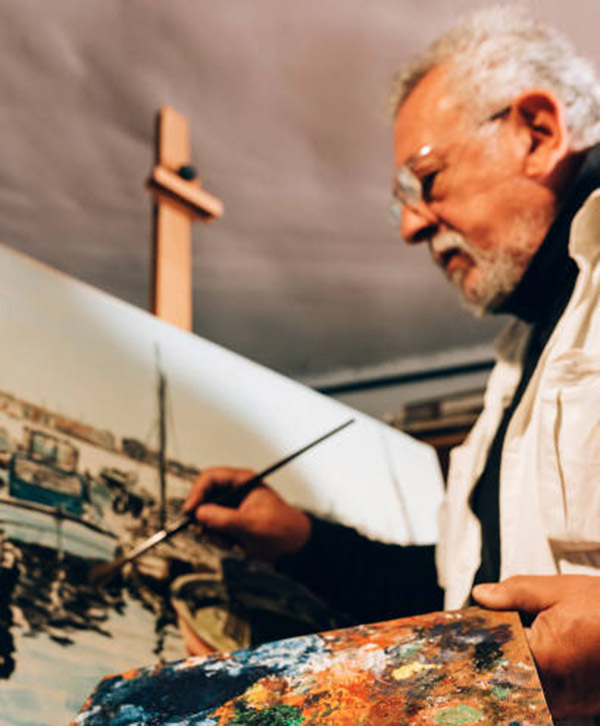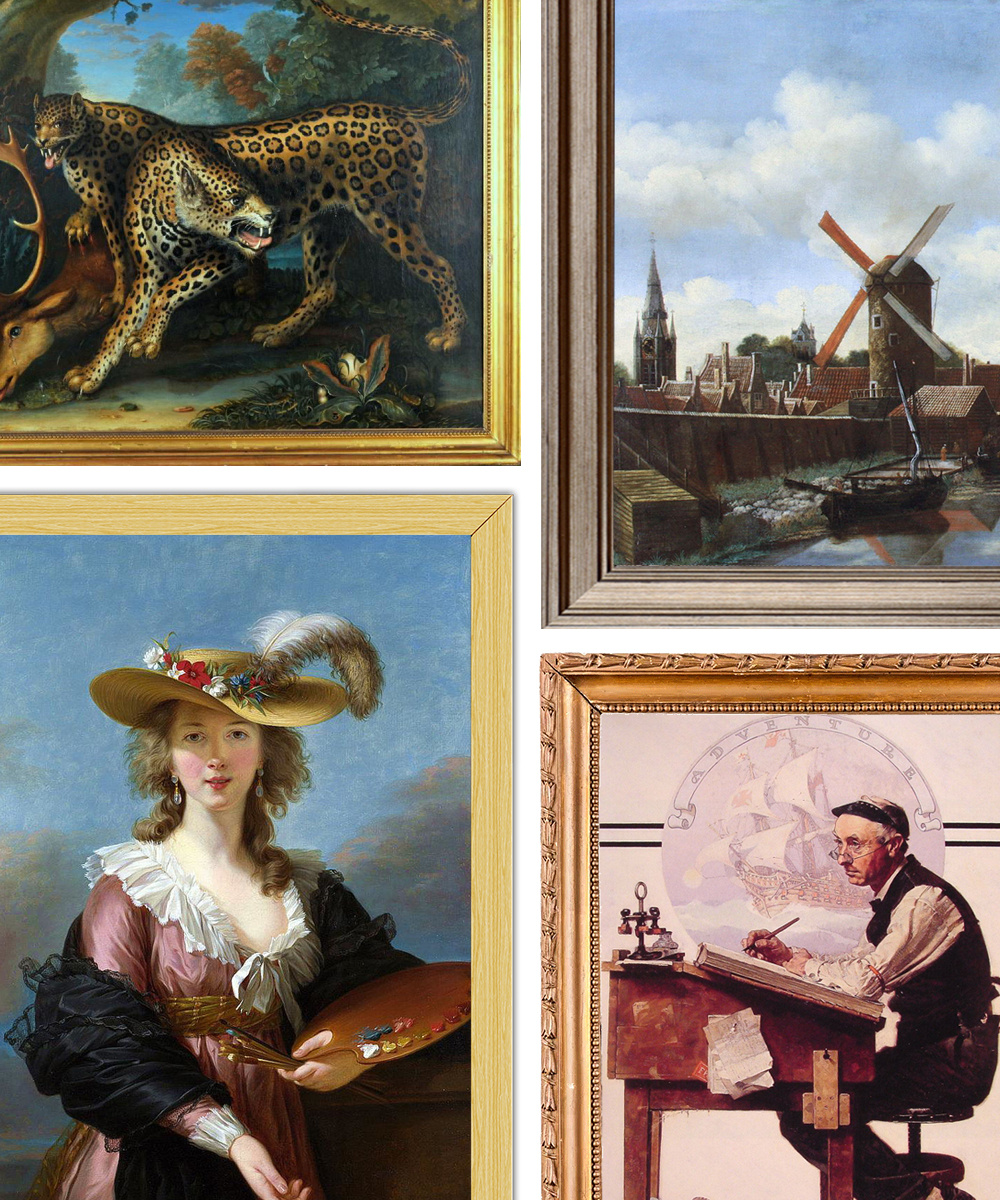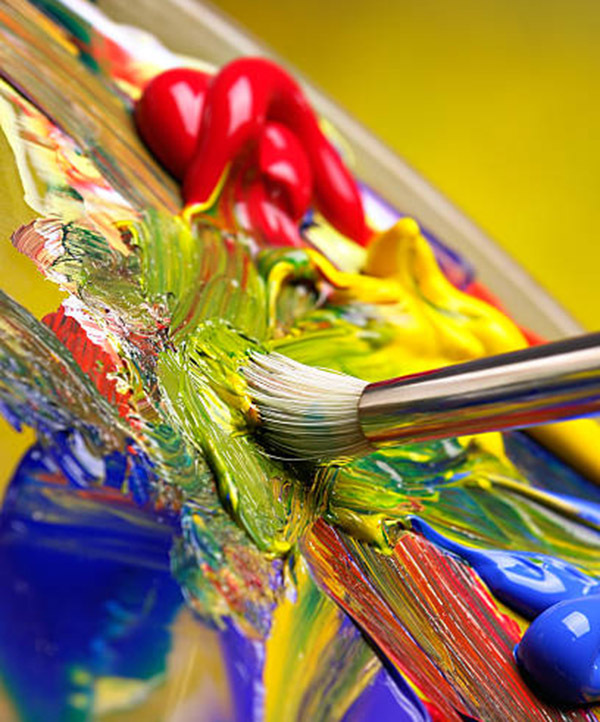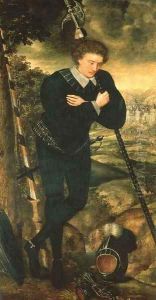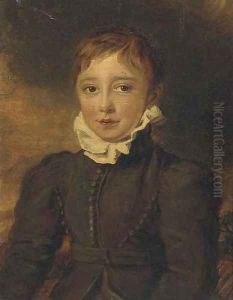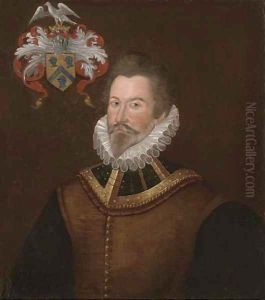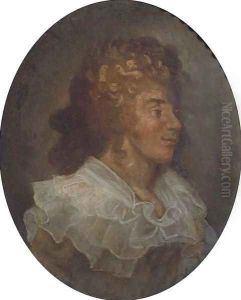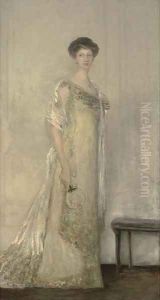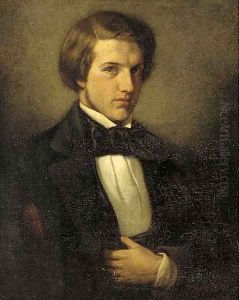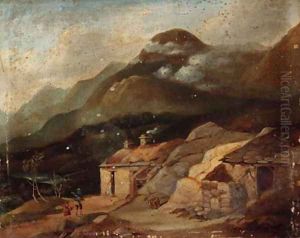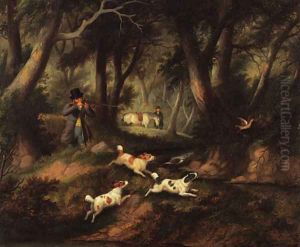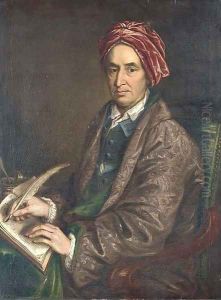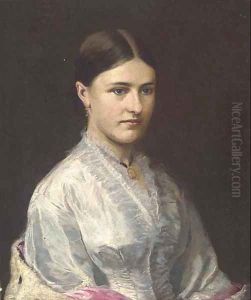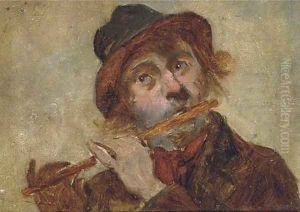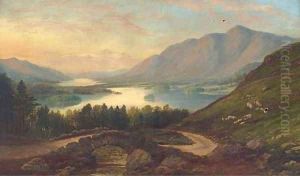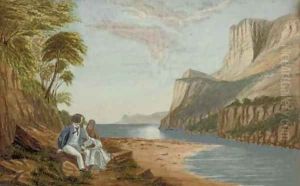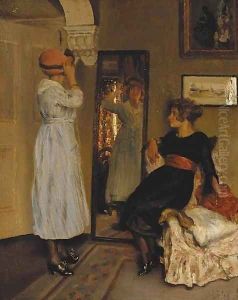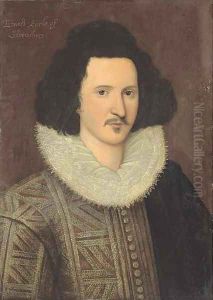





Portrait of a gentleman, traditionally identified as Edward Talbot (1561-1617), 8th Earl of Shrewsbury
-
About Reproduction
Discover the allure of art with our faithful reproduction of "Portrait of a gentleman, traditionally identified as Edward Talbot (1561-1617), 8th Earl of Shrewsbury", originally brought to life by the talented English School. Unlike posters or prints, our hand-painted oil painting breathes an unique sense of depth and texture into your space. Every detail, every stroke, and every texture is meticulously recreated, paying the perfect homage to English School and his artistic vision.
Owning this piece is more than just decoration - it's a statement of your refined taste in art. Let the vibrant colors and intricate details of this replica serve as a daily reminder of the beauty in our world. Elevate your decor and appreciate the richness of art with our replica of this masterpiece.
-
Painting Description
"Portrait of a Gentleman, Traditionally Identified as Edward Talbot (1561-1617), 8th Earl of Shrewsbury" is an oil painting attributed to the English School, a term used to categorize works created by unknown or various artists in England. This portrait, dating from the late 16th to early 17th century, is believed to depict Edward Talbot, the 8th Earl of Shrewsbury, a prominent English nobleman of the Elizabethan and Jacobean periods. The painting is a fine example of portraiture from this era, showcasing the fashion, status symbols, and artistic conventions of the English aristocracy.
The artwork features a half-length representation of the gentleman, adorned in attire befitting his social rank, with intricate details that suggest wealth and taste. The subject is typically shown with elements that reflect his nobility, such as a ruff, doublet, and possibly a coat of arms or family emblem, though the specifics of the painting's composition would need to be described based on the actual visual content.
As with many portraits from this period, the attribution to Edward Talbot is based on historical records, provenance, and stylistic analysis, but it may not be definitively proven due to the passage of time and the loss of documentation. The painting's provenance, technical analysis, and any iconographic details would provide further insight into its origins and the identity of the sitter.
The portrait is an important piece for the study of English Renaissance art, contributing to the understanding of portraiture conventions, fashion, and the representation of the nobility during the late 16th and early 17th centuries. It also holds value for historians researching the Talbot family and the social history of the period.
As an artwork with an uncertain attribution and a traditional identification that may not be fully substantiated, the portrait exemplifies the challenges faced by art historians in attributing and interpreting works from this time. Further research and technological advancements in art analysis may shed more light on the true identity of the sitter and the artist responsible for this intriguing work.
-
Lead Time & Shipping
When you order this oil painting replica, it typically takes 2-3 weeks to paint. If the artwork is more complex, it might need a little more time to ensure the best quality. Once it's ready, we'll send you a photo for your approval. After you give the green light, we'll ship it to you for free.
-
Return & Refund
We believe in the quality of our hand-painted oil painting reproductions, and your satisfaction is our priority. If for any reason, you are not completely satisfied with your purchase, we offer a 45-day return policy. You can return your artwork within 45 days of receipt and receive a full refund. Please note that the artwork must be returned in the original packaging and in the same condition as it was received.

